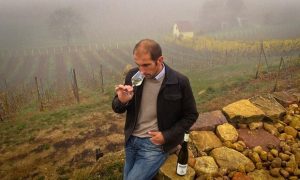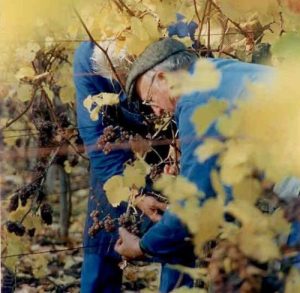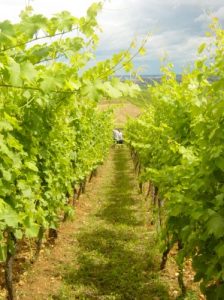Is elderhood different for men and women? Yes and no!
 The question of gender differences in elderhood was a big one for me as I approached leading a mixed workshop on this theme for the first time, at Findhorn.
The question of gender differences in elderhood was a big one for me as I approached leading a mixed workshop on this theme for the first time, at Findhorn.
I’ve discussed the gender question with women and men elders I know, and by reading Elderwoman, and comparing it with my very different book on elderhood for men, Out of the Woods: A guide to live for men beyond 50.
This blog will inevitably offer generalisations, and your comments or corrections are welcome.
It intrigued me, as it may you, to unpick the differences due to the writers, and those due to the subject matter. I really enjoyed reading Marian’s book, and believe it would be helpful to women: the style and approach are inclusive, conversational, fluid, full of personal anecdote. All of this could, I believe, make most men impatient: by contrast, my book is more structured, objective, with lots of practical solution-focussed advice.
I’m also struck by frequent references to Marian’s grandmother and daughters, and the sense of female wisdom shared down the generations, in a way I’ve almost never heard among men. There’s been a lot of poor fathering over the years!
From Elderwoman, I conclude that one of the big gender differences in elderhood is that women face it more collectively. Men often face the challenges of ageing alone, and need new skills to find the collective support and wisdom they also need. Marian uses phrases like “the stages of our female lives”, which it’s hard to imagine mirrored in a book for men.
An encouraging parallel, based on these two books, is the potential of elders to be activists, whether by presence or more actively, around the big issues like sustainability. Another is the opportunity to “start again from scratch” as she puts it.
Elderwoman is a book which faces the losses of ageing, but within an affirming and practically positive context. It encourages people to become elders in their own way, and finally loosen the pressures of other people’s expectations, and the consumer society. I support Marian’s view that the elders are best placed to break Western society’s addiction to its consumptive, materialist way of life.
Marian sees the most important elderwoman principle as “radical aliveness…the art of saying ‘yes’ to life, remaining fully open to all experience, whether pleasant or painful.” I’d regard this quality as vital for male elders too.


 Recently I’ve been reading The Granta Book of the African Short Story. When I travel, I like to read something connected with my destination, so this book went with me on a recent trip to Kenya to see the work of Farm Africa: a UK Charity who enable peasant farms in East Africa to adapt to climate change and other challenges.
Recently I’ve been reading The Granta Book of the African Short Story. When I travel, I like to read something connected with my destination, so this book went with me on a recent trip to Kenya to see the work of Farm Africa: a UK Charity who enable peasant farms in East Africa to adapt to climate change and other challenges.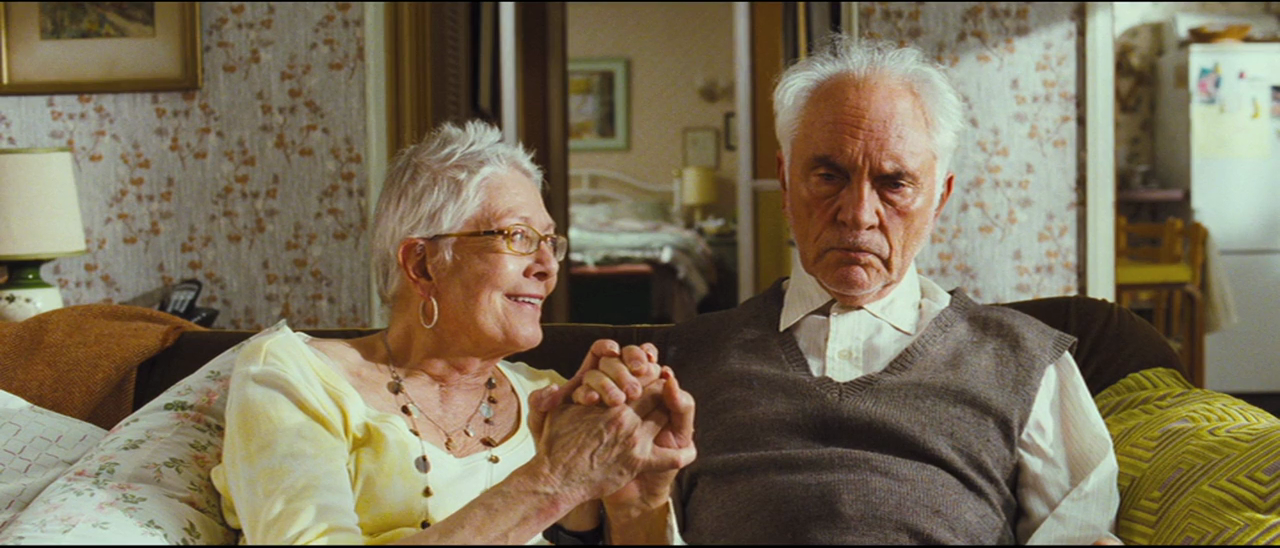
 Marion, played by Vanessa Redgrave, is Arthur’s wife: she loves him as he is, and makes his life work: for example, she’s the one who keeps the family talking to each other. As her health declines, we see one of the classic shipwrecks for older men: Arthur has depended on her social skills, and without them, he digs himself deeper into isolation and depression.
Marion, played by Vanessa Redgrave, is Arthur’s wife: she loves him as he is, and makes his life work: for example, she’s the one who keeps the family talking to each other. As her health declines, we see one of the classic shipwrecks for older men: Arthur has depended on her social skills, and without them, he digs himself deeper into isolation and depression.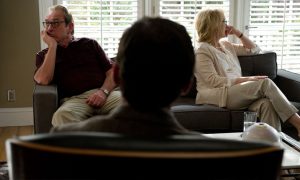 You may recall the old joke about how many therapists it takes to change a lightbulb. The answer is one: but the lightbulb really has to want to change. It may take one therapist or less to change a sterile long-term relationship, but both partners have to want to change, and often one doesn’t…
You may recall the old joke about how many therapists it takes to change a lightbulb. The answer is one: but the lightbulb really has to want to change. It may take one therapist or less to change a sterile long-term relationship, but both partners have to want to change, and often one doesn’t… Depression is one of the biggest problems for men beyond 50. We all feel low sometimes, but depression is long-term – I’ve met many mature men who have been depressed for years, often on antidepressants continually, and are resigned to living in semi-gloom indefinitely.
Depression is one of the biggest problems for men beyond 50. We all feel low sometimes, but depression is long-term – I’ve met many mature men who have been depressed for years, often on antidepressants continually, and are resigned to living in semi-gloom indefinitely. As you start to gain confidence and momentum in your recovery, you may find material in other chapters helpful, for example on relationship skills (Chapter 3), new approaches to work and money (Chapter 4) and finding new social skills and friends (Chapter 9).
As you start to gain confidence and momentum in your recovery, you may find material in other chapters helpful, for example on relationship skills (Chapter 3), new approaches to work and money (Chapter 4) and finding new social skills and friends (Chapter 9). A picture of joy and pain: in equal measure?
A picture of joy and pain: in equal measure? However, it’s not an easy film to watch. We see how George’s own life evaporates, as all his attention goes on Anne. We see how demanding, and how lonely, this care can be, and how such situations can be divisive within families.
However, it’s not an easy film to watch. We see how George’s own life evaporates, as all his attention goes on Anne. We see how demanding, and how lonely, this care can be, and how such situations can be divisive within families. This film should help you value every moment of your life while you still have mobility and full faculties; George is in some ways an inspiring role model of how to sustain the love as your partner declines, but in other ways a warning to beware of the isolation this can lead to.
This film should help you value every moment of your life while you still have mobility and full faculties; George is in some ways an inspiring role model of how to sustain the love as your partner declines, but in other ways a warning to beware of the isolation this can lead to. Jack(56) came to see me at my psychotherapy practice some months ago complaining of depressive episodes and lack of motivation. As he spoke he revealed that he had been experiencing strong feelings of loneliness and isolation following his wife’s recent work changes, which meant she had taken on a demanding new work role and was increasingly unavailable to him. He disclosed that their sexual relationship ,which had been vibrant, had diminished and that he had begun watching pornography for significant periods 3-4 times a week and masturbating to ejaculation.
Jack(56) came to see me at my psychotherapy practice some months ago complaining of depressive episodes and lack of motivation. As he spoke he revealed that he had been experiencing strong feelings of loneliness and isolation following his wife’s recent work changes, which meant she had taken on a demanding new work role and was increasingly unavailable to him. He disclosed that their sexual relationship ,which had been vibrant, had diminished and that he had begun watching pornography for significant periods 3-4 times a week and masturbating to ejaculation.